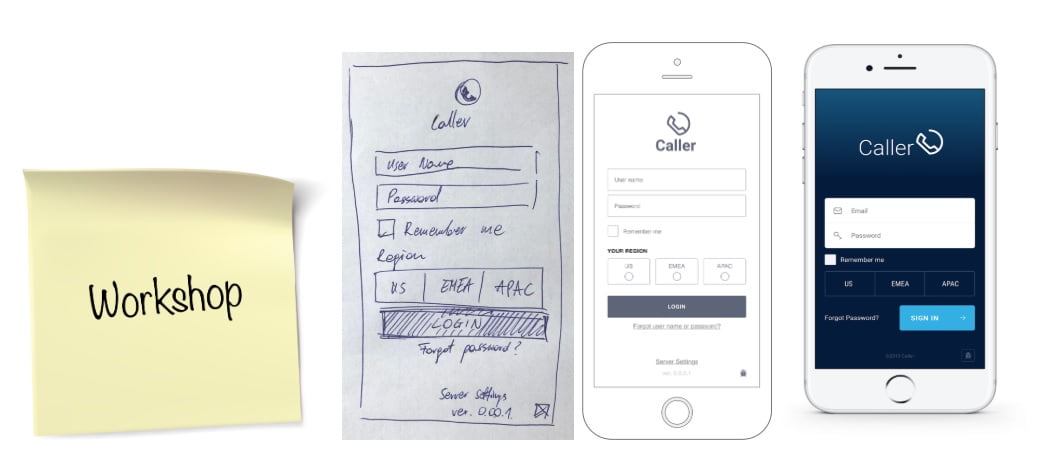20Shift: Your Daily Dose of Insight
Stay updated with the latest trends and news across various domains.
Designing Delight: How Small Details Make a Big Impact in UI/UX
Unlock the secret to outstanding UI/UX! Discover how small details can transform user experience and drive engagement.
The Power of Microinteractions: Enhancing User Experience
Microinteractions are the small, subtle moments that enhance the user experience by adding a layer of interactivity and feedback to digital interfaces. These can include actions such as clicking a button, liking a post, or receiving a notification. According to UX Design, well-designed microinteractions can significantly affect how users perceive an application, making it feel more responsive and engaging. They can help guide users through tasks, provide essential feedback, and even convey personality, thus establishing a stronger connection between the user and the interface.
Integrating effective microinteractions into your design requires careful consideration of user behavior and expectations. For instance, incorporating animated transitions or visual cues can signal that an action has been completed successfully. As noted by Smashing Magazine, ensuring that these elements are intuitive and do not disrupt the user flow is crucial. By leveraging the power of microinteractions, designers can enhance usability, reduce cognitive load, and ultimately lead to increased user satisfaction and retention.

Attention to Detail: How Color Schemes Influences User Behavior
Attention to detail is crucial in web design, and one of the most significant elements that often goes unnoticed is the color scheme. Various studies have shown that color can influence user behavior dramatically. For instance, a study by Color Psychology indicates that colors can evoke different emotions and reactions. This means that the right color scheme can enhance user engagement, encourage visitors to stay longer on a website, and ultimately, boost conversions. Colors like blue are often associated with trust and security, while red can create urgency and stimulate action. Understanding these psychological effects is essential for web designers who aim to optimize user experience.
Furthermore, the implementation of a cohesive color palette can lead to better brand recognition and user loyalty. Research from Foundr Magazine highlights that up to 90% of snap judgments about products can be based on color alone. This means that brands need to pay attention to how their chosen color schemes affect users' perceptions and behaviors. By aligning color choices with the brand’s message and audience expectations, businesses can create a more impactful user experience that resonates well with their target demographic.
Are You Overlooking These Crucial UI Elements That Boost Engagement?
When designing your website, it’s easy to focus on aesthetics while overlooking crucial UI elements that significantly boost user engagement. One often underrated component is the visual hierarchy, which guides users through your content intuitively. By strategically placing headings, images, and call-to-action buttons, you can direct attention where it matters most. Furthermore, incorporating consistent navigation allows users to explore your site effortlessly, reducing bounce rates and encouraging deeper interactions.
Another element frequently ignored are micro-interactions. These small animations, such as hover effects or button feedback, can make a significant difference in user experience. They not only provide feedback on user actions but also make your interface feel more responsive and engaging. According to UX Design, these subtle enhancements can drive higher engagement rates and keep users returning to your site. By focusing on these overlooked UI elements, you can create a more compelling and user-friendly experience that captivates your audience.